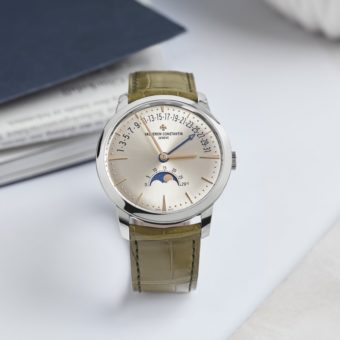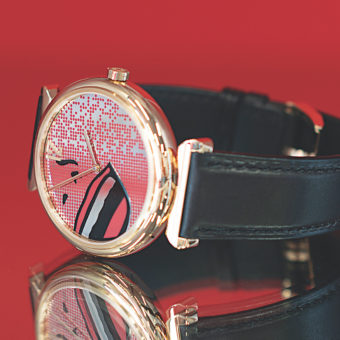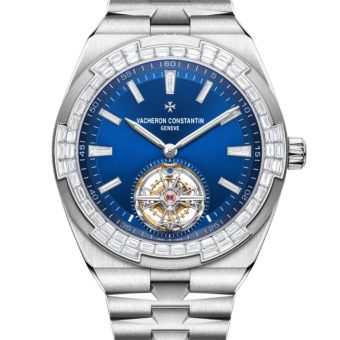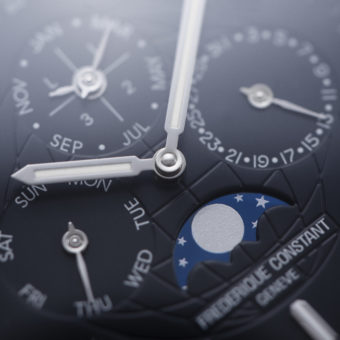Vacheron Constantin, looking back on its remarkable 260 years of history, introduced a series of celebratory collections at SIHH 2015, including the all-new Harmony collection and two Métiers d’Art Mécaniques Gravées timepieces. The third offering builds on a deep tradition of artisanal crafts perfected since the brand’s founding in 1755. In this article from Monochrome-Watches, we introduce you to this collection, the Vacheron Constantin Métiers d’Art Arca, a series of 12 unique table clocks.
This collection, inspired by a 1933 Vacheron Constantin clock, is a culmination of the brand’s mastery of artisanal crafts. Master watchmakers, crystal glassmakers, stone hunters and cutters, guillocheurs, engravers and enamellists all contribute their skills to create 12 unique table clocks. The series of clocks is gradually being unveiled throughout 2015.
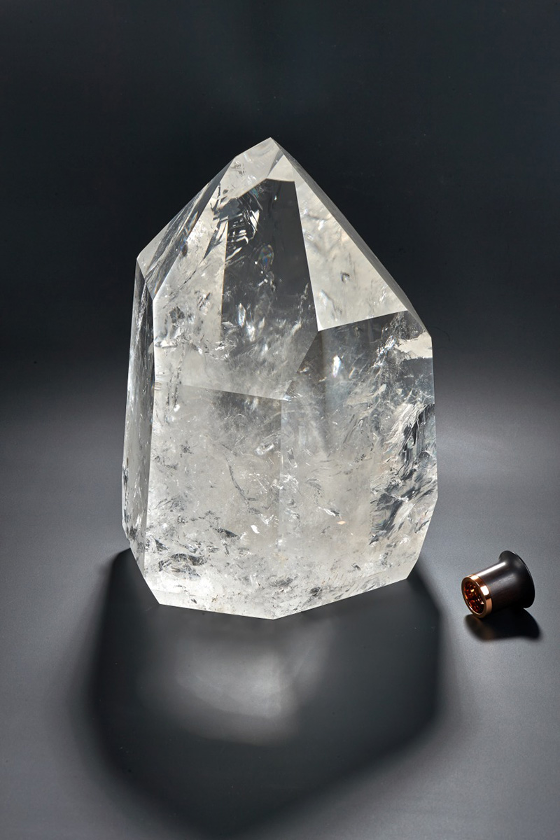
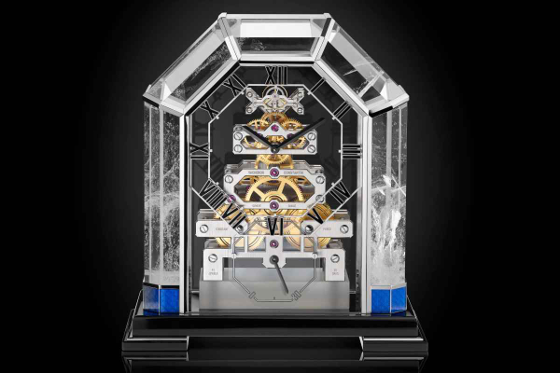
Vacheron Constantin spent more than a year unearthing the necessary crystal and mineral stones to create each piece. Starting with 60 kilograms of rock, it is melted in a kiln at 1500°C, and carefully formed to the required shapes. Left for three days to gradually cool down, it is then cut in five blocks and polished to the highest possible level. The five pieces form a segmented arc and are mounted in a silver structure to form the case of the clock. A frosted crystal is fitted beneath the movement. The base of each clock is solid silver, and is painstakingly decorated with an art-deco style guilloché motif.
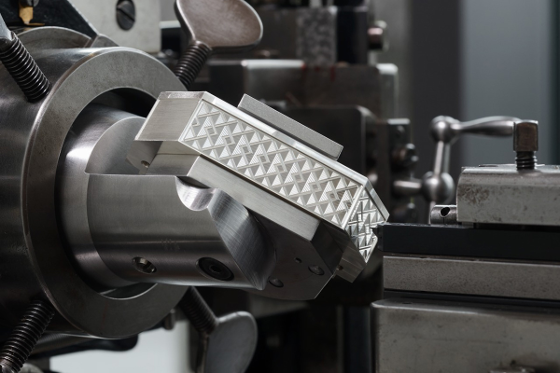
The craftsmanship isn’t confined to the crystal case of each clock but continues to wow on the inside, too. A unique Vacheron Constantin 9620 Caliber, with constant-force escapement and 30-day power reserve, is perfectly visible through the crystal. The key-wound movement is built up with seven bridges and is almost fully open-worked, providing as unobstructed a view as possible.
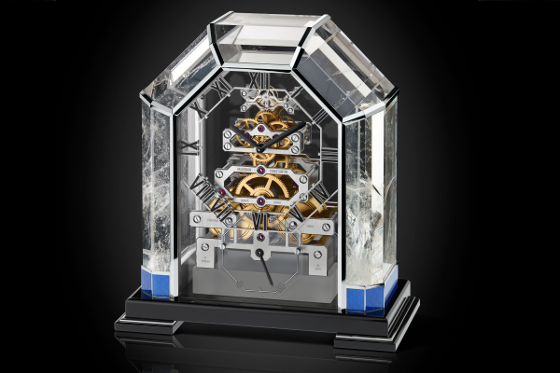
The movement has two mainspring barrels, each one containing a spring over a meter long, which provides the ample 30 days of power when fully wound. The balance wheel, perched on the very top of the movement and thus clearly visible, runs at a slow frequency of 2.5 Hz (18,000 oscillations per hour).
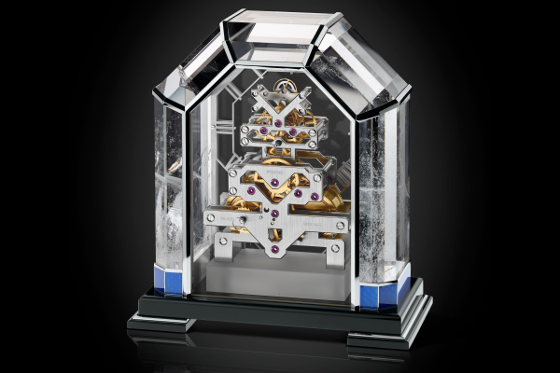
Even though a span of thirty days sounds vast, and the movement will run perfectly within chronometric rates for the largest part of that period, the movement is still susceptible to variations in tension of the springs. A combination of a fusée-chain transmission and a constant-force escapement is combined with a mobile lock and release system. This set-up of auxiliary regulating organs allows the power to be released as consistently as possible through the full 30 days of power.
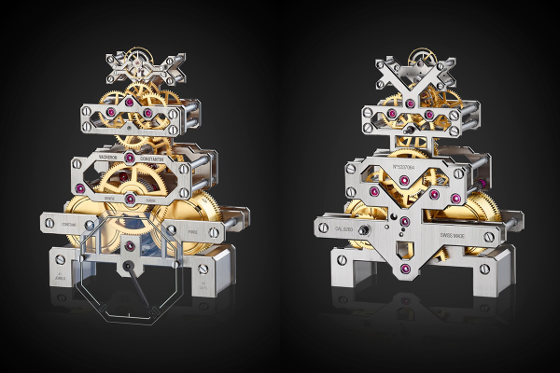
Hours and minutes are indicated on a guilloché chapter ring by way of lacquered metal hands and 12 large Roman numerals. The silver numerals are filled with black grand feu enamel, a very delicate process considering the close melting points for both materials (860°C for the black enamel powder, 900° for silver). A third indication is the power reserve positioned at 6 o’clock.
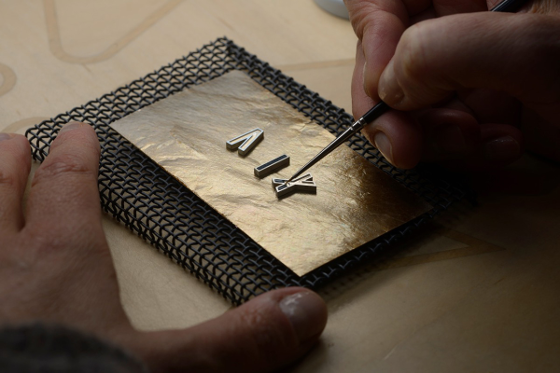
Each single Métiers d’Art Arca is fitted with the same movement. Out of the 12 clocks in total, four will be done in rock crystal while the remaining eight will feature different types of crystals and minerals, each with different characteristics and play of light. The design for each of these eight clocks is inspired by different schools of architectural: Orientalism, Art Nouveau, Art Deco, Op Art, Post-Modernism, Deconstructivism, Green Architecture and Utopianism.

